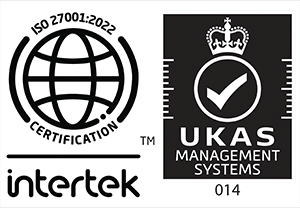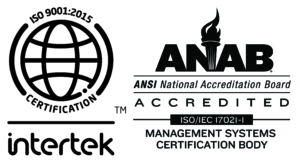Day-in and day-out, countless environmental professionals all over America are doing the essential work of the LDAR Industry. The owners of the facilities in which they are working, the contract organizations by whom they are employed and the children who breathe the air in the parks down the street are all relying on them to perform their duties with diligence and integrity.
The challenge of the LDAR Industry has always been that it was easier to allow yourself to think that the monitoring was done properly and thoroughly than it was to confirm that it was. The fact that a traditional LDAR database was fully populated with all the scheduled monitoring results was seen by far too many for far too long as sufficient evidence of compliance.
Boy, how things have changed.
The regulatory agencies have become far more sophisticated in their auditing procedures. The “appearance of compliance” no longer survives as a measure of program success. More robust
expectations and requirements have been codified in one EPA consent decree after another.
EPA Section 114 requests have given the regulators an important tool to dig deeper and faster into the mountain of data to look for those important signs that lead to confidence about the integrity of the program and its technicians.
At the same time, the advent of new technology such as the TVA 1000B Bluetooth and phx21 devices have laid the ground work for the facility owners and contractor management to mine the data much more quickly to make their own assessments and tailor their own efforts and responses to maximizing the level of compliance success. Nothing has done more for advancing the reliability of Method 21 efforts than the introduction of handheld computers that quickly followed the dawn of the LDAR Bluetooth age.
In future blogs, we will address and then focus on the advancements in LDAR compliance, confidence and efficiency that this new age of LDAR has made possible.





Leave a Reply
Want to join the discussion?Feel free to contribute!